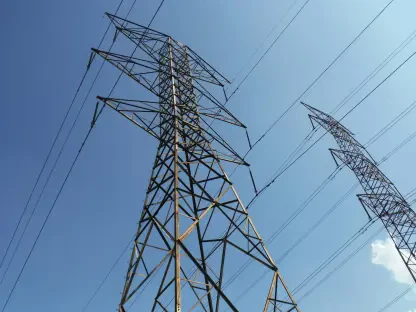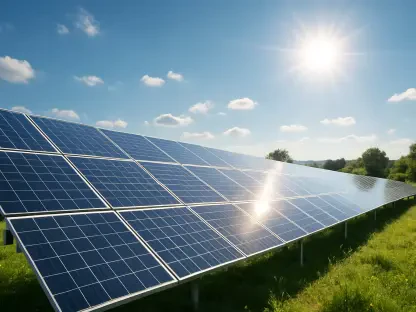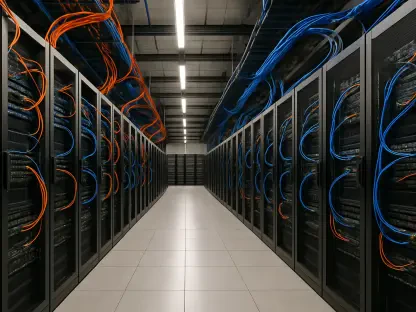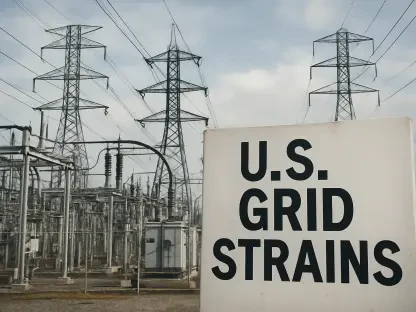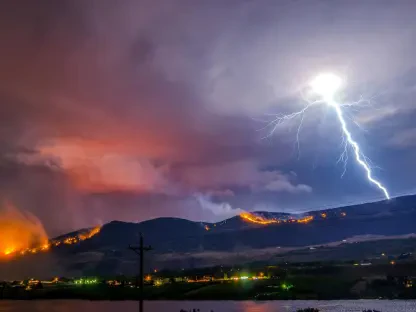Nestled in Colorado’s renowned mountain landscapes, Summit County grapples with a water crisis exacerbated by declining snowpack levels. This predicament poses a substantial threat to the water resources of the county, historically reliant on the gradual melting of abundant snow to fill reservoirs and ensure water supply for ecosystems and communities alike. As climate change continues to manifest in warmer temperatures, earlier runoff, and diminished snowpack, the stability of local water availability becomes increasingly precarious. This adverse trend portends significant disruptions—from threatening biodiversity to shortening ski seasons—which necessitate urgent attention and concerted action.
Impact on Water Supply
Climate Change and Snowpack Dependency
Summit County’s water supply hinges largely on snowpack, which the region depends on to replenish reservoirs and sustain local ecosystems. Rising temperatures and shifting climate patterns have greatly impacted these snow levels, resulting in earlier spring runoffs. This phenomenon magnifies water scarcity issues in a region where dependence on snowmelt for water is crucial. A decreasing snowpack not only strains natural water sources but also places undue pressure on infrastructure designed to manage fluctuating supply. Over recent years, this shift adds complexity to water management efforts, prompting the reevaluation of strategies for sustaining water availability across seasons.
Consequences for River Flow and Ecosystems
The narrowing snowpack leads to compromised river flow, impacting aquatic ecosystems within Summit County. Reduced river volumes result in less habitat space for fish and aquatic wildlife, disturbing the ecological balance vital for supporting biodiversity. Additionally, diminished water volumes make irrigation more challenging, as less water is available for agricultural purposes or public amenities. The once robust and abundant rivers now face challenges, struggling to support ecosystems essential for maintaining the region’s environmental health. This natural imbalance demands innovative solutions to conserve what’s left and to adapt existing water management practices to shield affected habitats from further degradation.
Response and Initiatives
Efficient Water Usage and Conservation Efforts
Community efforts to maximize water conservation have gained traction, recognizing the importance of efficient water use as central to overcoming scarcity challenges. Initiatives that encourage smart irrigation practices emphasize using no more water than necessary, minimizing wastage by targeting only the needed areas efficiently. Notably, rebates are offered to incentivize residents to adopt water-saving technologies or upgrade existing systems. Such measures promise broad impact, equipping households with tools to contribute positively to the bigger picture of regional conservation efforts. This pragmatic approach is instrumental in shifting Summit County towards a sustainable water management framework.
Promoting Drought-Resistant Landscaping
In response to the shrinking snowpack crisis, embracing drought-resistant plants offers a viable alternative to traditional, water-intensive landscapes. These resilient florae require less water, drastically reducing the need for irrigation while preserving the aesthetic charm of community spaces. Conservation organizations actively promote these landscaping choices, demonstrating how individuals can contribute meaningfully to collective water-saving goals. This approach merges aesthetics with pragmatism, enabling residents to play a role in sustainability without compromising on visual appeal. Integrating these practices across residential and public spaces forms a cornerstone strategy in adapting to long-term water scarcity concerns.
Community Involvement and Education
Engaging Summit County Residents
Community engagement remains paramount as Summit County navigates its water crisis. Organizations such as the High Country Conservation Center and Friends of the Dillon Ranger District champion educational events spotlighting water issues. These initiatives aim to inform and empower residents, ensuring they understand the pressing nature of water conservation and their personal stake in it. Events create a platform for disseminating knowledge about efficient water usage and sustainable living practices, fostering a culture of proactive awareness. Successfully engaging the community means cultivating informed advocates equipped to champion cause-driven behavior in their surroundings.
Collaboration and a Shared Vision
Facilitating collaboration between conservation groups and local residents strengthens the collective response to Summit County’s water challenges. Working together, the community and organizations foster a shared vision—one premised on safeguarding the environment through responsible water management. The partnerships drive home the message that sustainable water usage is vital for preserving regional ecological vibrancy. Whether through individual efforts or communal initiatives, the cooperation underscores the critical nature of collective action. As Summit County faces these environmental hurdles, unity and collaboration can lead to substantial solutions, ensuring resources remain plentiful for generations.
Pursuing Solutions for Sustainability
Tucked within the breathtaking mountain scenery of Colorado, Summit County confronts an escalating water crisis, exacerbated by the decline in snowpack levels. This dilemma significantly threatens the county’s water resources, which have historically depended on the steady melt of abundant snow to fill its reservoirs, ensuring a consistent water supply for both ecosystems and communities. However, as climate change progresses, it brings with it higher temperatures, earlier snowmelt, and reduced snowpack, making the local water supply much less reliable. These shifts suggest large-scale disruptions are on the horizon, impacting everything from biodiversity to the length of ski seasons. The ripple effects of these environmental changes call for urgent intervention and collaborative action. Strategies must be developed and implemented to address these issues, from enhancing water conservation efforts to investing in sustainable infrastructure, ensuring the area’s resilience against the ongoing threat posed by climate change.



